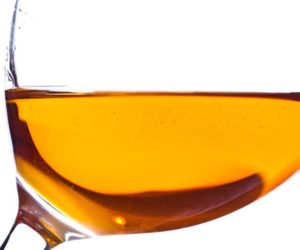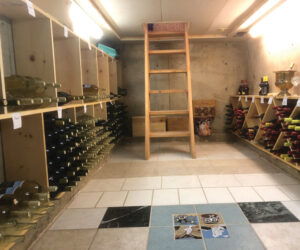As you learn to make wine, you will hear over and over again that you will need to maintain control over the temperature of your fermentation to maintain some control over the profile of your finished wine. This is because yeast behaves differently when it ferments at warmer or cooler temperatures. There are easy ways to control the temperature of your fermenting wine in your home winery, as long as you diligently pay attention to what is going on in the fermenter.
Why control temperature?
Having the ability to control fermentation temperatures is important in your home winery first and foremost because you need to provide your yeast with an optimal environment to ferment at its best. If it is too cold, your yeast may slow or stop. If it is too warm your must may ferment too fast and produce off odors or flavors.
Temperature has a big impact on your wine because yeast cells create different compounds, such as esters, and different effects at various temperatures. For example, some big red wines, such as Cabernet Sauvignon, are fermented at higher temperatures — up to 85 °F (29 °C) — because the higher temperatures favor phenolic (color and tannin) extraction for greater color stability and improved structure (read more about making “big reds” in Tim Patterson’s story on page 40 of this issue). Conversely, some wines (such as whites and young, fruity reds) are fermented at cooler temperatures to preserve fruit flavors and esters.
Temperature control is also important when making wine to a specific style, as you may need to slow down or even stop a fermentation — such as when making a dessert wine, which can be done by cooling the fermentation down to temperatures that yeast cannot tolerate. The key is finding a method to control your fermentation temperatures that works in your winery and for the styles of wine you like to make.
Fermentation Location
The most basic form of temperature control is choosing a location in your home winery that is conducive to wine yeast. Decide what kinds of wines you want to ferment, determine what temperature ranges benefit the yeast you will ferment with, and pick a well-insulated spot that doesn’t experience any big swings in temperature.
Fermentation Control Equipment
As you become more advanced, you can incorporate equipment in your winery to help you maintain control over your fermentations. Like all winemaking equipment, the choices for your home winery can range in price, for example commercial wineries often employ glycol-jacketed, temperature-controlled fermenters. Inexpensive temperature control methods are easy to set up and experiment with at home, however. If your winery tends to get cold, try insulating your fermenter (or fermenters) by wrapping it with a blanket or carboy wrap. If you need to warm it up more than that, you can try using a heated carboy wrap, or with a similar heating device designed for home winemaking, which are available at many home winemaking suppliers. If you need to keep your fermentation cool, try submerging your fermenter or carboy in an ice bath, or cool your macerating wines with (sanitized) 1 or 4-liter plastic bottles of frozen water. For more information about cool fermentation techniques, read Daniel Pambianchi’s “Techniques” column that starts on page 61 of this issue.
Pay attention
The most important means of maintaining control over your fermentations, however, is keeping a close eye on what is happening in your fermenter. Check your must and take thermometer readings daily to be sure that the temperature isn’t increasing or decreasing too rapidly. The sooner you intervene when something is getting too hot or too cold,
the better






